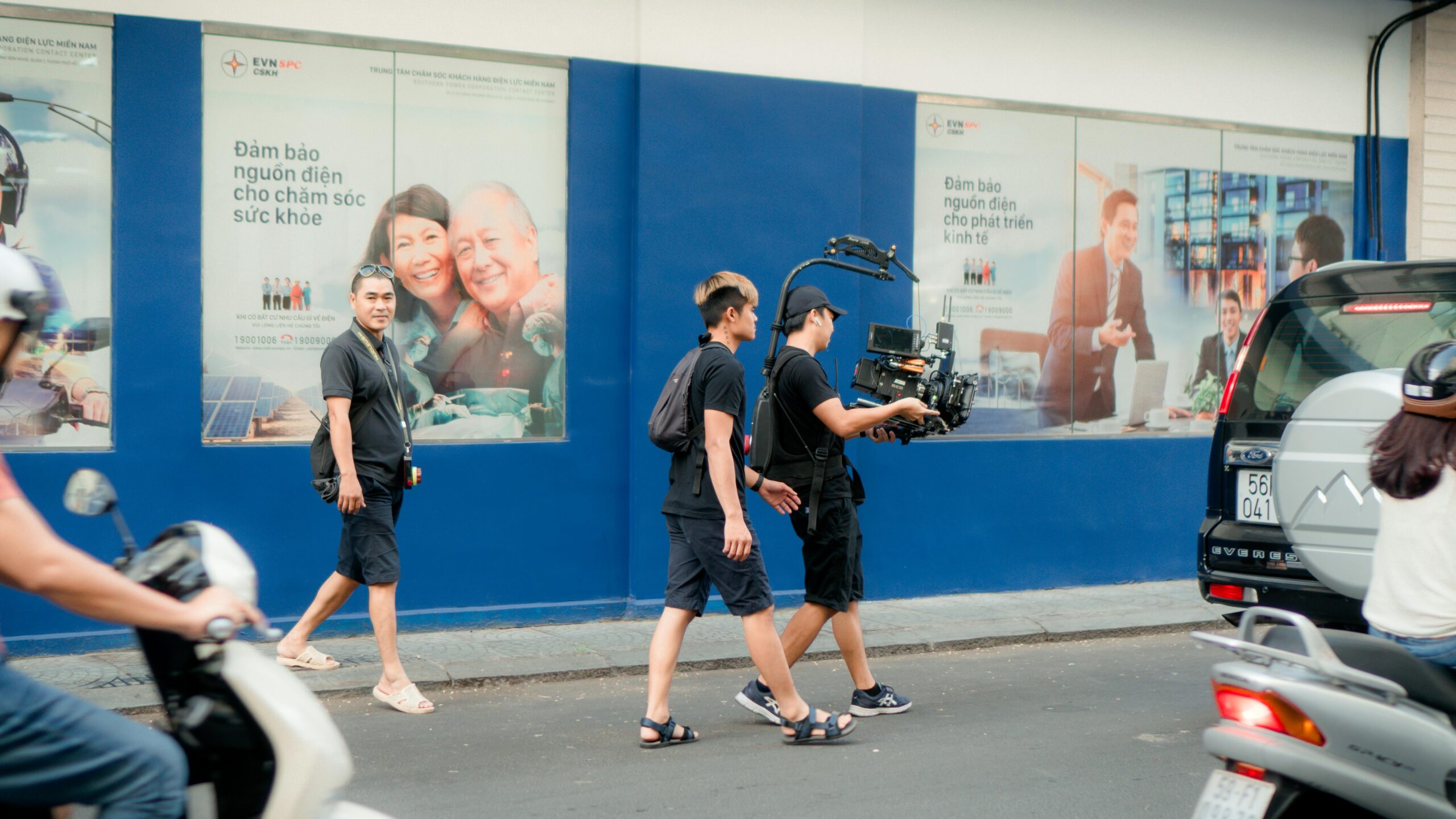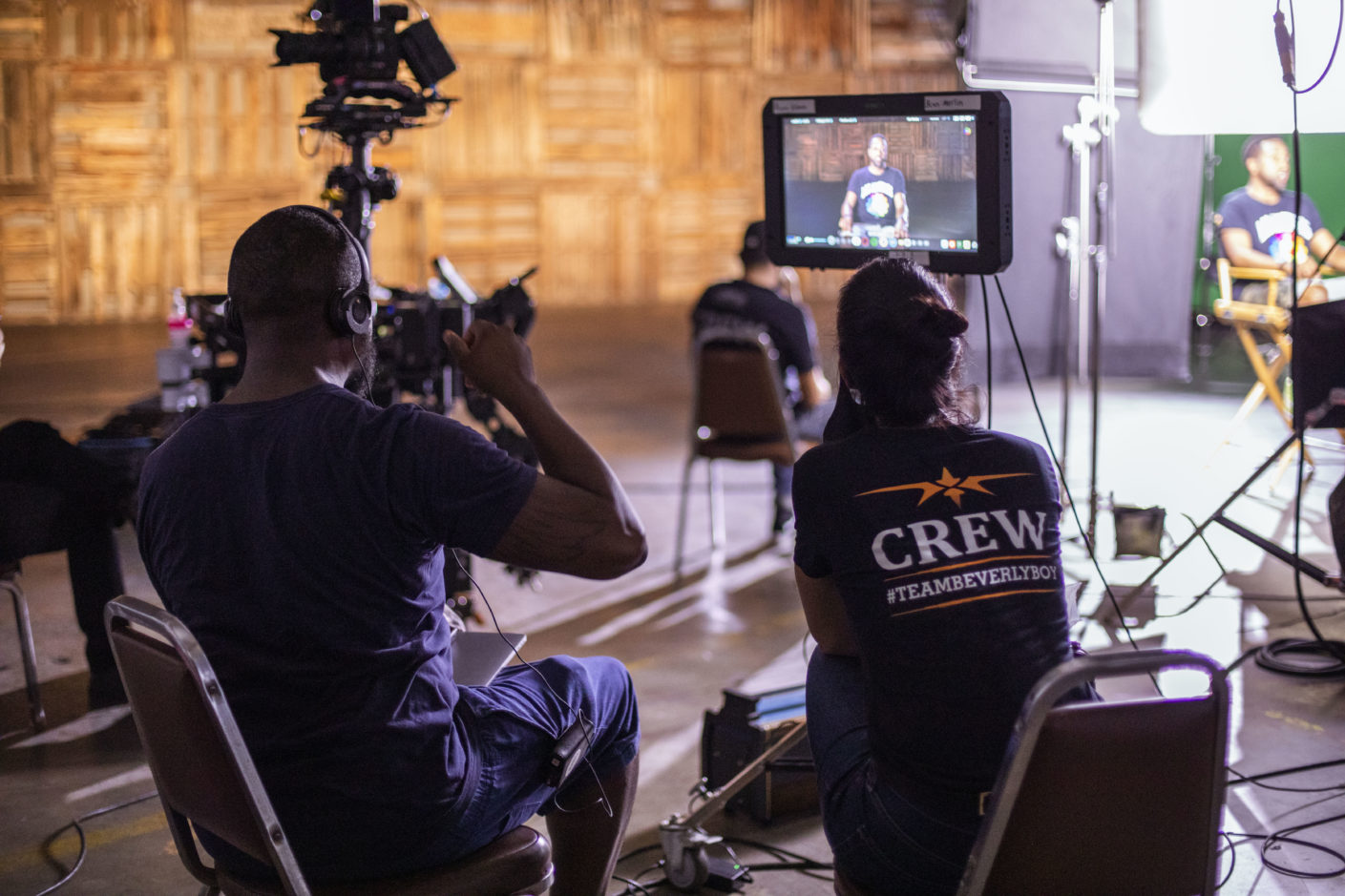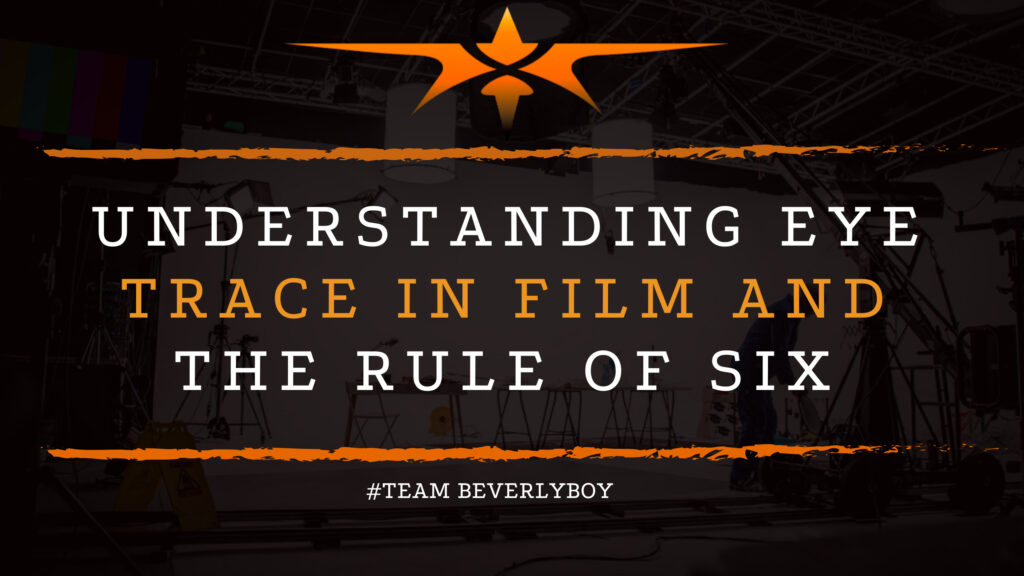Understanding Eye Trace in Film and The Rule of Six
Throughout filmmaking, cinematographers and professional Directors take many steps to ensure that the shots they capture are done so with purpose and with a plan. Just as much as a shot should display a particular visual, it should also formulate a mood and an underlying sense of emotion. Throughout all of this, the vital choices that are engaged by filmmakers represent a number of important decisions regarding continuity and visual storytelling.

Cinematographers much understand Eye Trace in Film and the Rule of Six as it applies to producing shots and scenes which not only apply the rules of continuity, but which also employ particular methods upon which these rules can be broken.
WHAT IS EYE TRACE IN FILM?
Eye trace occurs when a filmmaker makes an assumption as to where the viewers’ eyes are going to be drawn and places important visuals in that area. This filmmaking technique involves the use of blocking, camera movements, specific lighting and color as well as editing, particularly cutting, to draw the interest to a specific location on the screen.
Filmmaker’s use Eye Trace in Film to control the elements on the screen that the audience will see. Essentially, eye trace is a method of orienting the audience’s eyes despite multiple edits taking place on the screen. By orienting the eyes in a particular direction, and to a specific area of the screen, such as top left or bottom right, the viewer is drawn through color, lighting, and other elements to this section of the screen. When the cut is made, the viewer will initially be looking at that top left or bottom right location of the screen, so the editor can be sure that the next shot shows the important elements in that same general location, top left or bottom right, so that the audience doesn’t miss anything.

Eye Trace in Film can also be used to hide information from your audience, although this isn’t something that most filmmaker’s would want to do, it makes sense to explain it to help you see how important eye trace really is. Consider what would happen if your audience was looking toward the center of the screen, and you cut to another shot where the important visuals were in the top left – your audience could miss what you want them to see if you’re not careful. Instead, you would want to end the previous shot with your audience focused on top left if your next shot is going to have something important occurring in the top left. Make sense?
WHAT IS THE RULE OF SIX?
The Rule of Six comes from Oscar-winning editor, Walter Murch, who outlined the essential rules in his book, In the Blink of an Eye. Here, Murch discusses a variety of details and tips in regards to the use of certain rules of continuity as well as what happens in films that break the rules. Murch goes on to remind readers that some rules are meant to be broken and in some cases it’s okay to break these particular rules under the right circumstances, particularly for an advanced editor.
According to “The Rule of Six,” Murch discusses the best way to cut without causing discontinuity within a film stating that there are a total of six elements that must be present in order for the cut to work. Each of these elements make up a portion of the total requirement for a professional cut:
- Emotion – 51%
- Story – 23%
- Rhythm – 10%
- Eye trace – 7%
- Two Dimensional Plane of Screen – 5%
- Three Dimensional Space – 4%
As you can see, eye trace makes up 7% of Walter Murch’s Rule of Six. However, Murch also mentions that all six of the rules are not necessary nor should they all be employed at the same time. When editing, these rules make up just a basic suggestion as to what criteria should be followed to ensure you’re valuing emotions and making decisions based on emotions first, the story second, rhythm next and then considering things like eye trace, two dimensional plane of screen and three dimensional space. Of course there will be times when certain rules don’t apply or have little impact on the edit, and that’s okay too!
AS EDITS ARE MADE, THE SIX RULES THAT MURCH MENTIONS SHOULD BE FOLLOWED OR CONSIDERATIONS MADE INCLUDE:
- Making sure that any cuts made work with the emotions. If you cut from one shot where the character is happy to another where the character is sad, how will this impact the overall tone of the film? Emotions are incredibly powerful and your edits should work with, not against, the development of particular emotions for your film.
- Edits should advance the story. When transitions, cuts, or edits are made they should be done so in such a way that they advance the story in a meaningful manner. Edits should never interrupt or otherwise slow the forward momentum of the storytelling.
- Edits and cuts should maintain consistency in pacing and rhythm of the story. If the cut doesn’t make rhythmic sense, maybe it shouldn’t be made?
- Catching and holding the attention of the audience is priority, are your edits achieving this through appropriate eye trace in film? By employing edits that anticipate where the audience will look next and placing the important features of the film in that zone, you’re achieving eye trace that is powerfully effective for your film.
- The 180° rule should be employed to recreate reality on the screen bringing the two-dimensional plane to life and giving the film a three-dimensional feel.
- Edits should respect the 3-dimensional space in a scene by showing the audience where objects are in direct relation to each other. The edit should establish physical space in such a way that it is easy to understand how we arrived at this viewpoint.
As you can see, Eye Trace in Film and a number of other actions can be taken through editing to ensure you maximize audience attention and get the most out of your edits. Knowing when to use eye trace and other methods of cutting, editing, or transitioning your shots is important to the pace, rhythm, and overall tone of the film.


